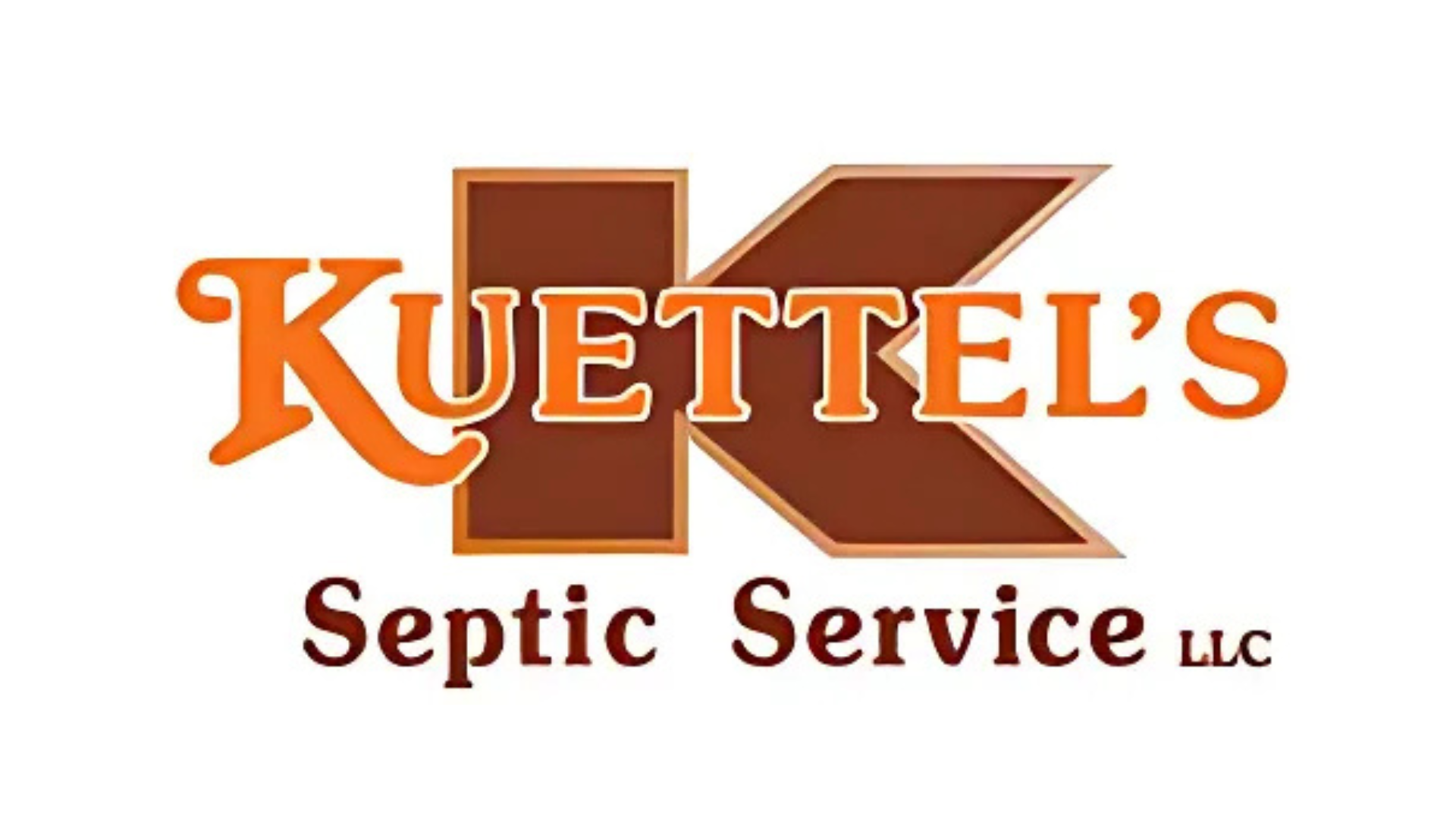Wisconsin Winters and Your Septic System
These cold winter months in Wisconsin can present a unique set of challenges for your septic system! Here are some reminders and tips to help you avoid problems in our frigid weather: Going on vacation? Leaving for the winter to a warmer climate? If so, keep in mind that lines can freeze without regular plumbing […]
Bathroom Cleaning and Septic Systems
Bathroom Cleaning and Septic Systems It’s always good to be aware of the products that go down your drains and the impact it can have on your septic system’s efficiency, performance, and reliability. Septic systems are designed to break down approved materials such as human waste and toilet paper, but many traditional cleaning products have the potential to damage. Here are a […]
Three-Year Maintenance: Inspection vs. Full Pumping Service
Have you received notice from your county that your three years are up? Perhaps you’ve heard about companies advertising 3-year county maintenance inspections for a fraction of the cost of pumping… There are only a few very specific situations where this would apply. The statewide law that requires 3-year maintenance on septic systems states that […]
Can Cat Waste Be Flushed?
While this is perhaps a common question in more urban areas, cat-owners may wonder this in rural areas as well. There are even products out there that claim to “toilet train” your cat! Environmental, waste disposal, and water & sewer professionals agree that flushing pet waste is not a smart idea. An animal’s digestion and […]
Landscaping Options for Your Septic Drainfield
When it comes to landscaping around your drainfield, keep in mind the damage that roots can do. They can get into the lines and begin to plug them, leading to serious drainage issues. While shrubs, trees, and vines are the biggest culprits, plants & flowers should also be researched before planting near your system. For […]
A Commonly Asked Question…
In our business, a sure sign that summer is on its way begins this time of year — homeowners start receiving notice that their septic system is due for it’s regular pumping and maintenance. (Here in Wisconsin, each county requires systems to be pumped and visually inspected at least once every 3 years.) That means a lot of […]
A Guide to Basic Maintenance on Septic Systems
Part of being a homeowner is maintenance. Unfortunately a lot of homeowners forget about the maintenance on their septic systems. Here in Wisconsin, homeowners are reminded every 3 years to have their system pumped and inspected. But what can be done between pumpings to keep the septic system in good shape? Here are some tips: […]
Renting a Home With a Septic System
Less traffic, more privacy, peace and quiet… and extra costs??? If you are looking to rent a home in the country — that is, away from city water — you are probably looking forward to a little more privacy and peace. However, please keep in mind that a home away from town needs to have […]
Fabric Softeners: Friend or Foe?
Perhaps you’ve seen the influx of information out there about fabric softeners and their toxicity. Have you stopped to wonder if they are also dangerous for your septic system? Here’s something to consider: the chemicals used in these household products can kill the beneficial bacteria in your septic tank. Not sure if you can live […]

